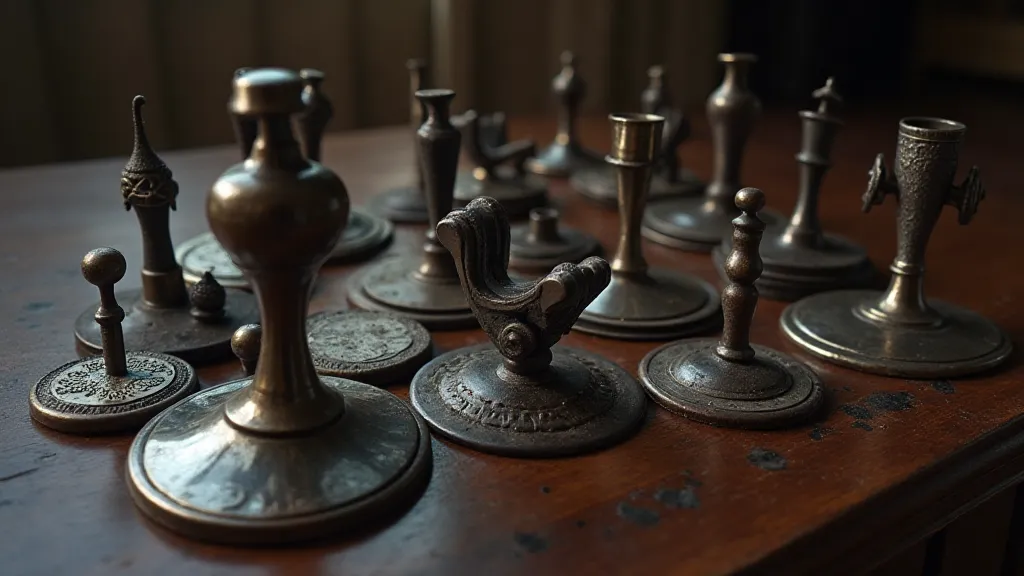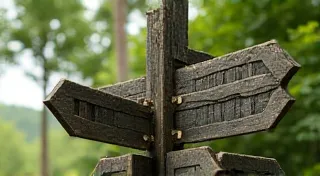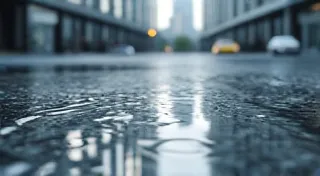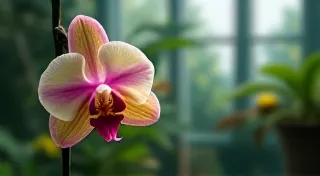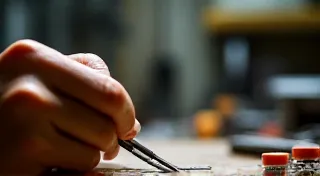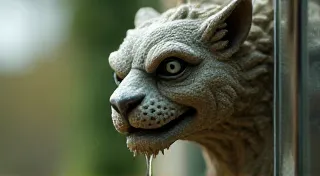The Collector's Obsession: Rare and Unusual Sewing Feet – Stories of Acquisition & Preservation
There's a quiet beauty in the discarded. In the forgotten corners of antique shops, estate sales, and dusty basements, lie treasures waiting to be rediscovered. For those captivated by the intricate mechanisms of the past, particularly those of sewing machines, the humble sewing machine foot holds a unique fascination. These small, often overlooked pieces – once vital tools for creation – now represent a tangible link to a time when craftsmanship and ingenuity were paramount. This isn’t merely collecting; it’s preserving a narrative, a legacy woven thread by thread.
It’s easy to look at a vintage sewing machine and appreciate the artistry of the machine itself – the elegant cast iron, the ornate decals, the satisfying click of the hand crank. But consider the foot. These seemingly insignificant attachments, the interface between the machine and the fabric, are often a window into the ingenuity of the era. They tell stories of evolving needs, of specialized techniques, and of the constant drive to improve and innovate. And some of them... well, some of them are simply astonishing.
The Search Begins: A Journey Through Time
My own journey into the world of antique sewing machine feet began, as many do, with a simple curiosity. I was captivated by the beauty of my grandmother's Singer 201, a steadfast companion throughout her life, creating garments for her family and quilts for her grandchildren. It wasn't the machine itself that initially caught my eye, but the array of attachments she kept in a battered tin – a collection of feet, each with a distinct purpose, a testament to her resourcefulness.
These weren’t just generic, utilitarian pieces. There were buttonholes, zippers, gathering feet… and then there was something truly unusual - a blind hem foot, crafted from a dark, almost obsidian-like metal. It felt different, heavier, more substantial than the others. Its presence sparked a question: where did it come from? What stories did it hold?
That question became an obsession. The internet offered a limited, fragmented landscape of information, mostly focused on the more common feet. The truly rare ones? Those were whispers, rumors shared in online forums, photographs posted with cryptic captions. The hunt was on.
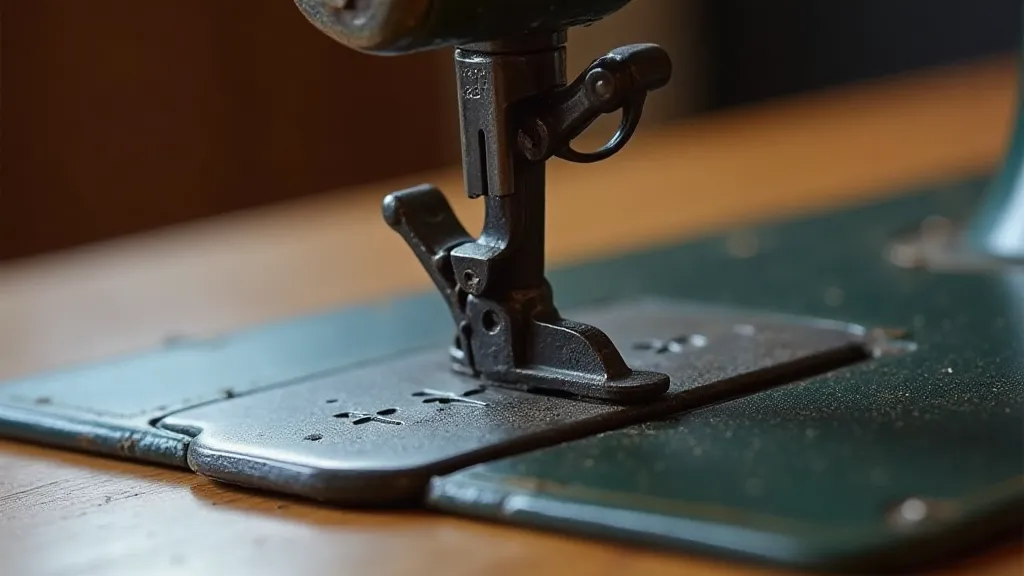
Whispers of a Bygone Era: Rare and Unusual Finds
The rarest feet are often associated with specialized machines or unique techniques. Consider the ruffler foot, designed to automatically create gathers in fabric, a boon for Victorian-era dressmakers. Or the frill foot, intended for intricate lace detailing. These were born from a desire to expedite tedious tasks, allowing skilled seamstresses to produce more elaborate designs.
Then there are the truly bizarre creations. I recall a particularly intriguing find – a foot designed for creating three-dimensional appliqué. It featured a series of tiny, rotating arms, intended to manipulate the fabric and create a raised, textured surface. The complexity of the design was breathtaking, a testament to the inventor’s ingenuity – and, one imagines, a rather challenging piece to master!
One of my most cherished acquisitions was a pre-1900 Pfaff "feather stitch" foot. This foot was designed to create a delicate, decorative stitch resembling feathering, popular in early 20th-century garments. Finding one in good condition was an exercise in sheer luck. It required scouring antique shops in rural Pennsylvania, chasing leads from online collectors, and enduring countless disappointments. But the moment I held it in my hand – the weight, the feel of the aged metal – the effort was instantly justified.
Preserving the Past: Challenges and Considerations
Collecting antique sewing machine feet isn't just about acquisition; it's about preservation. These delicate pieces are vulnerable to corrosion, breakage, and the ravages of time. Proper storage is paramount – keeping them away from moisture, extreme temperatures, and direct sunlight. Many collectors prefer to store them in individual, acid-free pouches, carefully cataloged and labeled.
Restoration can be a delicate balancing act. While cleaning is often necessary to reveal the foot’s original beauty, aggressive polishing or chemical treatments can damage the patina, a critical element of its historical value. Often, the best approach is minimal intervention – allowing the piece to speak for itself, bearing the marks of its history.
One challenge is accurately identifying the manufacturer and model. Many feet were generic, produced by multiple companies and adapted for use on various machines. Researching markings, studying design nuances, and consulting with other collectors are crucial for proper identification.
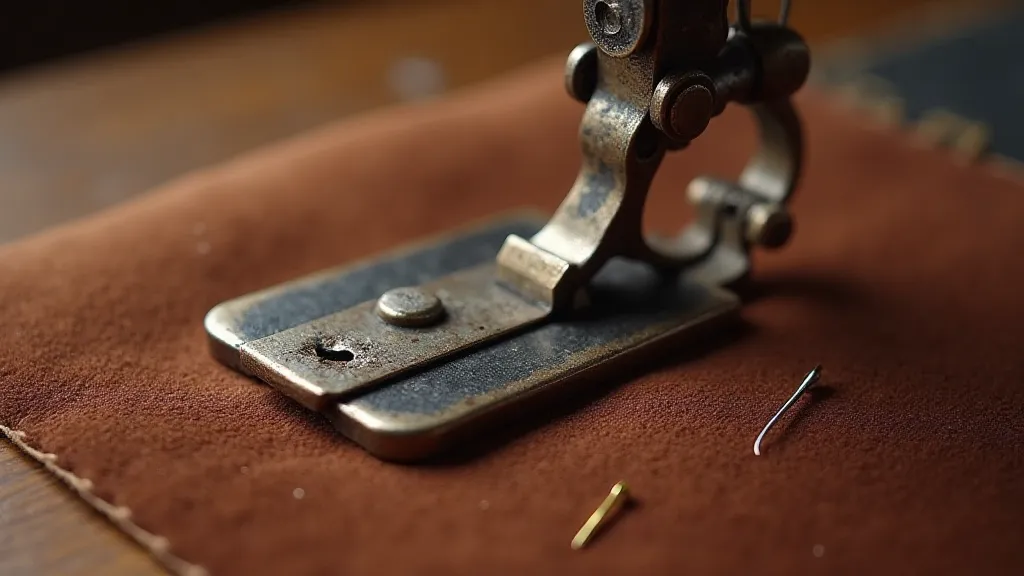
The Stories Woven Within: More Than Just Metal
For me, collecting antique sewing machine feet isn’s simply about owning a collection of old metal. It’s about connecting with the individuals who used them – the seamstresses, the dressmakers, the home sewers who relied on these tools to create beauty and functionality. Each foot holds a story, a fragment of a life lived. A child’s garment meticulously stitched, a wedding dress lovingly crafted, a quilt pieced together to warm a family – these are the narratives that resonate within these small, unassuming pieces.
The preservation of these feet isn't just about safeguarding objects; it’s about preserving a piece of human history. It’s about remembering the skills, the ingenuity, and the artistry of a bygone era. It’s about acknowledging the vital role that these tools played in shaping our world.
The quiet obsession with these seemingly insignificant objects has led me on an incredible journey, a journey through time and across continents. It’s a journey that continues to unfold with each new discovery, with each new story unearthed. And as I carefully store another rare foot in its acid-free pouch, I can’t help but feel a sense of privilege – a privilege to be a custodian of these small, enduring symbols of human creativity.
